The Long, Dark Night of Long-Running Series – This Week in Anime

With One Piece about to stop continuous broadcasting, Chris and Coop talk about how logistics have changed.
Disclaimer: The views and opinions expressed by the participants in this chatlog are not the views of Anime News Network.
Spoiler Warning for discussion of the series ahead.
Full Disclosure: Coop regularly collaborates with Discotek Media and MediaOCD, having provided copy for the recent Blu-ray release of Shin-chan, as well as the Blu-ray and streaming releases of Urusei Yatsura (1981). His opinions given here are purely his own and do not reflect those of his employers.
One Piece is streaming on Crunchyroll and Netflix. Ganso! Bandori-chan, Ultraman, and Kamen Rider Geats are streaming on YouTube. Uma Musume: Cinderella Gray is streaming on YouTube and Prime Video. Urusei Yatsura (2022) is streaming on HIDIVE. Urusei Yatsura (1981) is streaming on Crunchyroll. Yashahime, Gintama, Attack on Titan, DIGIMON BEATBREAK, Precure, Demon Slayer, and Dragon Ball are streaming on Crunchyroll. Macross 7 is streaming on Hulu. Detective Conan is available to stream on Crunchyroll and Netflix. Kamen Rider Geats is streaming on Tubi.
Coop, times have been tough for everyone, but the little, reliable things in life can be nice to lean on. I’m sure there are plenty of people for whom the dependable airing of an anime like One Piece week after week, year after year, is a comfort that helps them relax, that helps keep them on track—
Welp. It might be time to start adding to the backlog for some folks.
If that’s the case, it sounds like this January will be a great time to get into the Super Sentai serie—
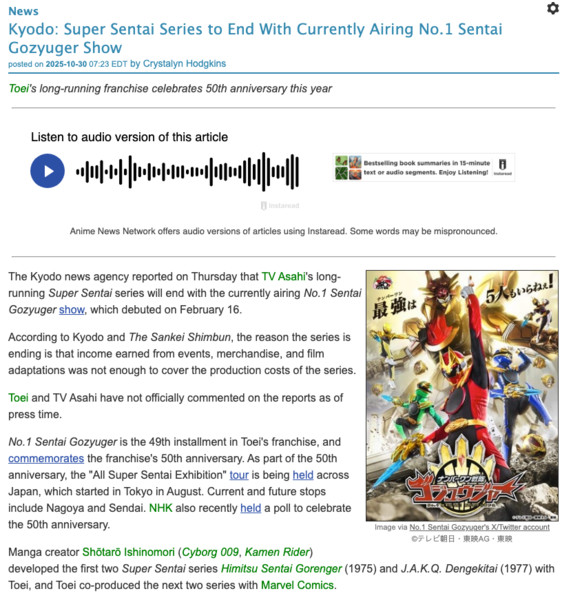
When it rains, it pours, Chris. Unsubstantiated rumors and leaks from children’s magazines aside, it seems we’re finally nearing the end of some long-established Japanese media traditions. In the case of anime, it’s the yearlong, 50-episode runs of yore!
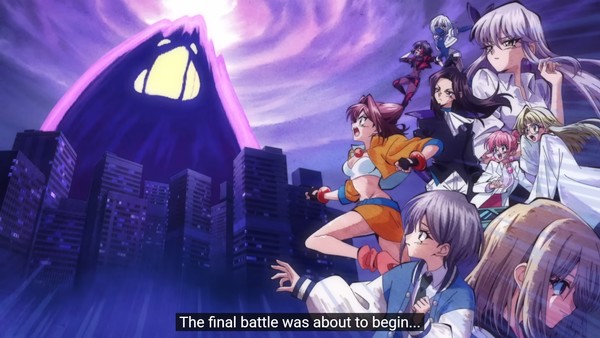
© BanG Dream! Project
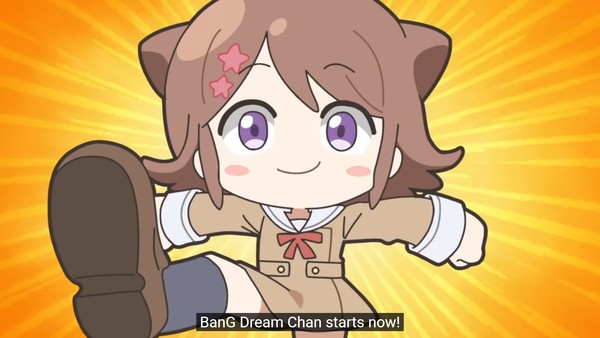
© BanG Dream! Project
All joking aside, it does feel like the end of an era. One Piece has become a certified institution, whose sheer length, due to airing virtually continuously since its 1999 debut, is the stuff of legend. This is a show that got to switch from SD to HD resolution mid-run. Yes, it’s still going, but turning it from an ongoing opera into another modern-style, seasonal-installment anime feels like it signals the last wave in a sea change in how shows like this are done nowadays.
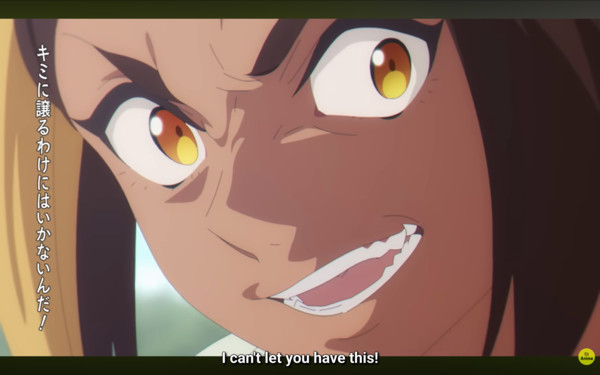
© K, S, I/S, UCP © Cygames, Inc
I can’t argue with the buff b-ball honse.

© K, S, I/S, UCP © Cygames, Inc
There have been anime of all lengths for a long time, even longer than One Piece has been on, but that show still, until this announcement, reflected the sensibilities of that bygone era. So many anime across the decades, especially in the shonen adaptation subcategory, thrived on that weekly, ongoing model. Ranma 1/2, Dragon Ball, Naruto, series of this ilk all ran nearly unbroken for years, maybe occasionally with a timeskip-imposed title switchup here and there.
david production‘s spin on Urusei Yatsura topped out at 46 episodes, but that took a few years in comparison to the original 1981 television series. A yearlong shotgun blast, this remake wasn’t.

© Rumiko Takahashi/Shogakukan, Yomiuri TV, Sunrise 2020
Given the quality of Yashahime, maybe that’s a blessing.
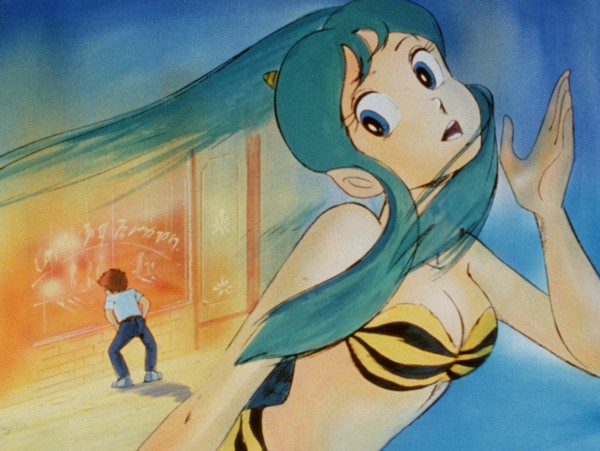
© Rumiko Takahashi / Shogakukan
Akin to my conversation with Lucas on Chainsaw Man, I see so many delicious cakes to take a bite out of with Urusei Yatsura.
The original Urusei Yatsura even launched a few careers for some of those who got to play in its miles-long sandbox. This leads me to a point of comparison regarding those old, ongoing adaptations and what’s being lost in the move to new, tighter, more adherent anime versions: filler. Hold on, I’ll let the folks from Gintama (ironically, it’s own example of a consistently broken-up, zig-zagged airing) explain.
Four million views on that old upload because it’s still the most succinct way to sum it up. Anyway, with even One Piece having more time to play keep-away with the manga’s pacing, it does mean the age-old tradition of “filler” in anime adaptations might truly be dead. That honestly feels weird! Alongside the weird question of whether that’s even a good or bad thing!
And we’re talking about a series that became infamous for padding out its many battles. However, when the topic of shows that use “filler” to their benefit comes to mind, I can’t help but think of a certain wacky guitar man…
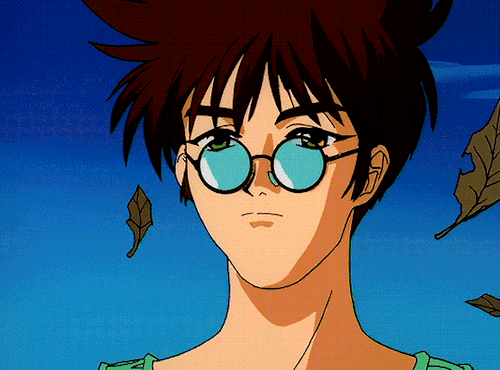
© 1994 BIGWEST / MACROSS 7 PROJECT
Macross 7 is my personal favorite for its effective use of slower moments to build a greater world. This series isn’t an adaptation, but it uses its opening season’s worth of episodes to ensure that the viewer is intimately familiar with its cast. From small things like the crazy straws Basara keeps in his fridge, the friction between the four members of Fire Bomber, or the constant confusion folks have over a guy flying into battle with only a six-string on his back. 7 is infamous for the slice-of-life pacing that kicks it off, but it feels all the more impactful once viewers hit the full thrust of the plot at play. Also, shout-outs to the flower girl.

© 1994 BIGWEST / MACROSS 7 PROJECT

© 1994 BIGWEST / MACROSS 7 PROJECT
But as you indicated with your Dragon Ball driving school example, there are places for filler in its original sense of “extra non-manga material made to fill time.” Don’t get me wrong, a lot of it does question the necessity of running these shows continuously. Bleach‘s nearly year-long Bount Arc was exhausting in a show that had to go to the filler well too much already. I have to question the decision-making process of having the original Naruto anime pad out so much of its end with episodic filler. But then I don’t know anyone who isn’t happy to make a little time for One Piece‘s G-8 Arc.
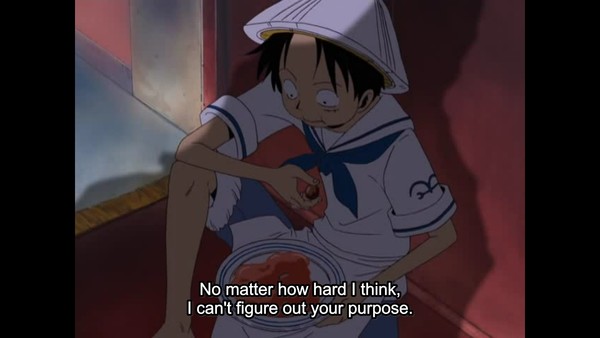
© Eiichiro Oda/Shueisha, Toei Animation
As with so many things, it depends on how you do it. And how long it overstays its welcome.
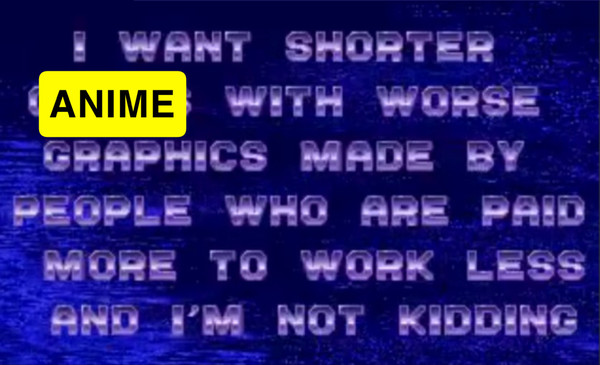
However, the situation is significantly more complicated and institutional than that, varying from studio to studio.

© Eiichiro Oda/Shueisha, Toei Animation
Basically, One Piece finally figured out what so many modern adaptations like My Hero Academia, Demon Slayer, and SPY x FAMILY did years ago: the pipeline for production is simply untenable for a continuous release. Doesn’t mean it’s not going to have some crunch getting it all out there, but hopefully the staff won’t be crushing themselves getting out-stretched-thin episode-length adaptations of single chapters
Going back to the earlier mention of Super Sentai, this trend is also seen in tokusatsu. Although the initial reasons for the shift allegedly differ, the Ultraman series has mostly run in 26-episode seasons since 2013’s Ultraman Ginga, which was 12 episodes long. From the outside looking in, Tsuburaya’s general strategy appears to be producing a new show that airs for half a year while securing their time slot with a digest series in the off-seasons.
Smart plan in my book, even if broadcast television isn’t exactly relevant these days.
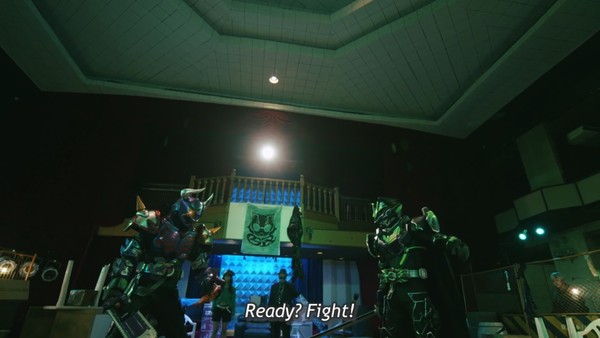
© 石森プロ・テレ・ADK EM・東映
Now, that isn’t to say that today’s anime don’t have their own ways of dragging things out, even with non-continuous airing schedules. The adaptation of Demon Slayer has become notorious among some for its decompressed pacing, as those involved in the production do their level best to squeeze as much blood from the stone of what was a comparatively brisk shonen manga.
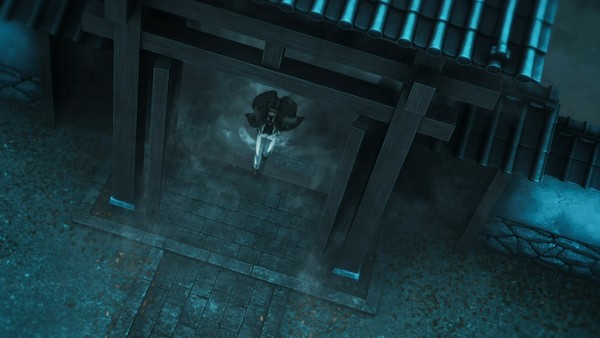
© 吾峠呼世晴/集英社・アニプレックス・ufotable

© 吾峠呼世晴/集英社・アニプレックス・ufotable
This also includes interstitial movie releases and subsequent double-dipping with cut-up TV airings, and I gotta wonder if they’re looking to pull this same maneuver with another megahit and that Chainsaw Man movie you and Lucas talked about earlier this week.
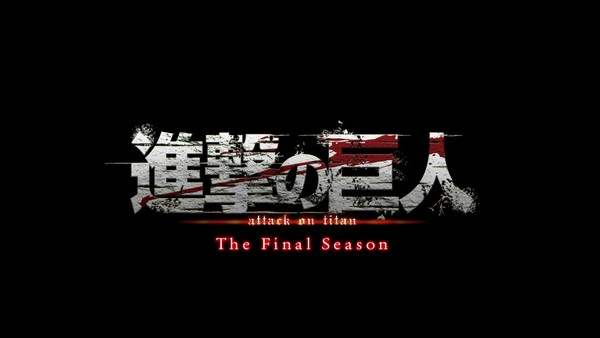
© Hajime Isayama, Kodansha/”Attack on Titan” The Final Season Production Committee
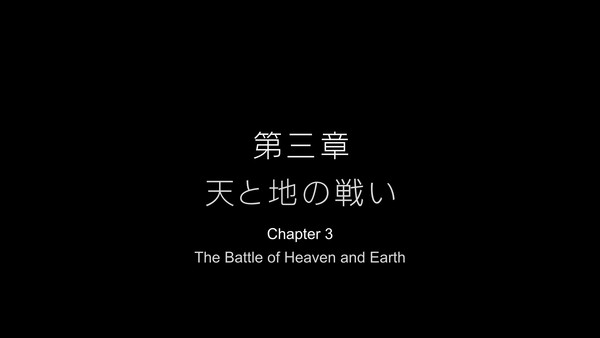
© Hajime Isayama, Kodansha/”Attack on Titan” The Final Season Production Committee
You can understand why they might want to keep these balls in the air as long as possible. As you and I have covered before, a follow-up taking too long or not capitalizing on hype properly can be fatal to a would-be big, long-running franchise.
Honestly, the prospect of rebooting a series while the original was still airing was already a dicey proposition. But now that the prime One Piece anime is going to be slowing down to be better paced itself, and that means it’s theoretically possible for it to eventually be lapped by its own remake? That’s hilarious, but also really smacks of the suits looking to scoop up extra cash they can’t get from ongoing runs anymore.

© Eiichiro Oda/Shueisha, Toei Animation
Given some of Oda’s character designs, I want to say that you’re awfully brave running an unfiltered image search for “One Piece cake”.
You know… That’s a great point I didn’t stop to consider when making that jokey observation.
It’s been around long enough that you gotta familiarize yourself with these things! At least you’ll have extra space to catch up now. While I am curious about how I might have to explain to future generations how shows like One Piece became so long, it’s not as if the structure is going away. Detective Conan is still a holdout, having run even longer than One Piece and showing no sign of slowing down. It even still utilizes filler, which isn’t too hard for an episodic mystery series (that still purports to have an ongoing plotline).
But these two massive kids’ series seem to be exceptions to the rule—especially considering that Pokémon of all shows has shifted to shorter, bespoke seasons in recent years. When a juggernaut makes such a foundational switch-up, that’s saying something.
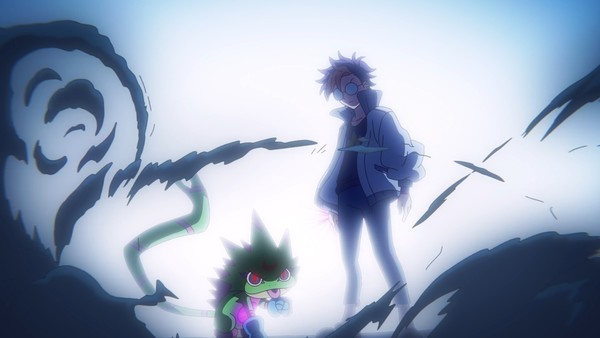
© Akiyoshi Hongo,Toei Animation
As your opening comment about Super Sentai indicated, being an ingrained kids’ series in Japan might not necessarily guarantee constantly airing continuations.

© テレビ朝日・東映AG・東映

© T-ARTS/syn Shophia/TV TOKYO/PCH Project
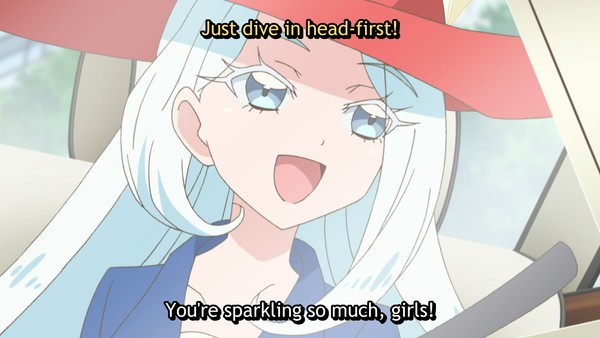
© T-ARTS/syn Shophia/TV TOKYO/PCH Project
That feels like an especially valuable point, given I know many tend to associate this long-running model with shonen action adaptations geared toward boys. Long-running shojo and girl-geared anime have their own place in history, of course.
True, that’s an audience regularly overlooked in favor of shonen titles that seem like a “safe bet” to the suits. Which is funny considering the many, many, many times I’ve been around femme and AFAB fans who’ve set their wallets completely on fire because they’re going to buy any shojo merch they can get their hands on. Whether it’s manga, Blu-rays, figures, or fan products, they will shell out.
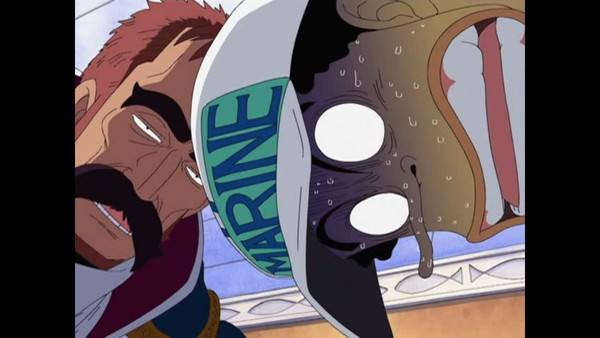
© Eiichiro Oda/Shueisha, Toei Animation
Not like slowing down is going to make it that much easier to catch up on One Piece at this point anyway.
Too much cake, too much cake…




